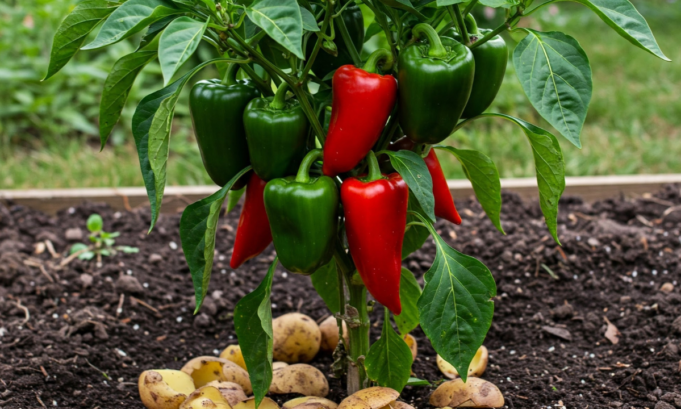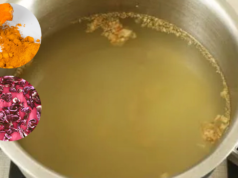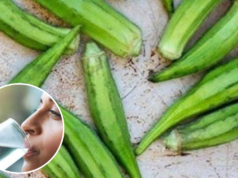Grow Peppers Like a Pro: The Secret Formula for Massive Yields Revealed! 🌱🌶️
Dreaming of a garden overflowing with vibrant, flavorful peppers? Whether you’re a seasoned gardener or a beginner, this ultimate guide will walk you through everything you need to know to grow peppers successfully—right in your backyard. From soil prep to smart watering, here’s how to get the most out of your pepper plants and enjoy an abundant harvest.
Are Peppers Fruits or Vegetables?
Although commonly treated as vegetables in the kitchen, peppers are actually classified as fruits—they grow from the flowering part of the plant, just like tomatoes and eggplants. Regardless of classification, their versatility in cooking makes them a staple ingredient in everything from appetizers to main dishes.
The Health Perks of Peppers
Peppers aren’t just tasty—they’re packed with health benefits. These colorful powerhouses are:
- Excellent for heart health
- Natural detoxifiers
- Anti-inflammatory and rich in antioxidants
- Full of vitamin C, vitamin A, and dietary fiber
Adding them to your meals is a great way to boost your overall wellness.
What Peppers Need to Thrive
Peppers love well-drained, nutrient-rich soil with a pH between 5.5 and 7. To get a strong, productive crop, you’ll need to create the right environment—and it all starts with the soil.
Tip: A protected space like a greenhouse or a dedicated garden bed will give your peppers the best chance to flourish, especially in unpredictable climates.
Step-by-Step: How to Cultivate Healthy Pepper Plants
1. Prep the Soil Right
Begin by enriching your soil with plenty of organic matter. Compost, humus, or well-rotted manure are fantastic options. If you don’t have manure, make sure the soil is rich in potassium and calcium—two critical nutrients for pepper growth.
2. Ensure Proper Spacing
When planting multiple seedlings, space them evenly to allow airflow and prevent competition for nutrients. Keep your garden beds moderately elevated so water drains well and reaches the roots effectively.
3. Use Drip Irrigation
Peppers need consistent watering. A drip irrigation system will deliver water directly to the roots while avoiding soggy soil and fungal issues.
4. Apply Mulch
Mulching around the base of your pepper plants helps retain moisture, suppress weeds, and protect the soil from harsh sunlight. Use breathable plastic or organic mulch for best results.
5. Protect Against Pests and Disease
Use natural fungicides to defend against fungal infections and pests. Keep an eye out for early signs of trouble and treat quickly. Young seedlings are particularly vulnerable, so extra attention in the beginning stages is crucial.
6. Feed and Water Generously
Before planting, give the soil a generous dose of natural fertilizer. During the growing season, water frequently and adjust feeding based on the plant’s progress.
Final Thoughts: Your Recipe for Pepper Success 🌿
Growing a healthy, bountiful pepper crop is easier than you think. By following these expert tips—choosing the right soil, spacing wisely, staying on top of watering, and guarding against threats—you’ll enjoy a garden full of vibrant, flavorful peppers in no time.
This guide isn’t just advice—it’s your roadmap to gardening success. Don’t keep it to yourself—share it with fellow green thumbs and get everyone growing better peppers!
👉 Bookmark this article and come back to it each season as your go-to pepper-growing playbook!
Let me know if you’d like a shorter version for social media or a follow-up article on harvesting and storing peppers! 🌶️💡









